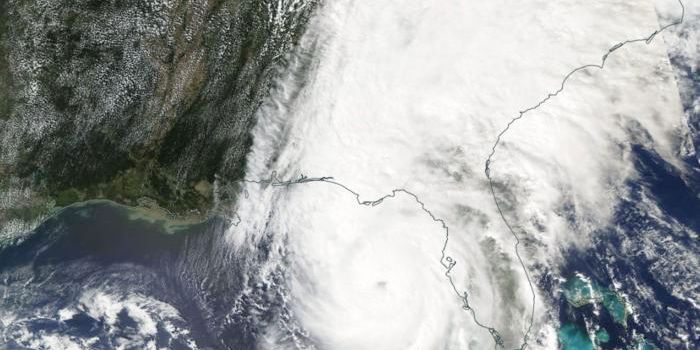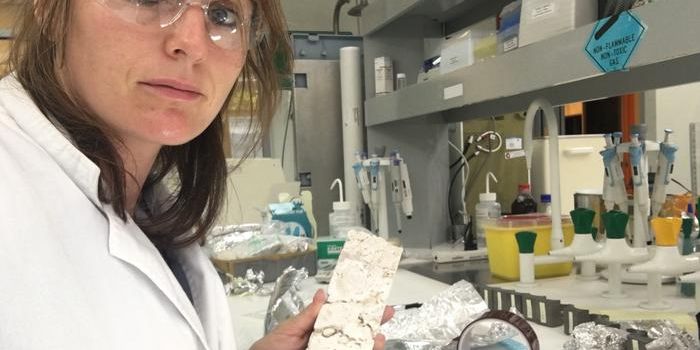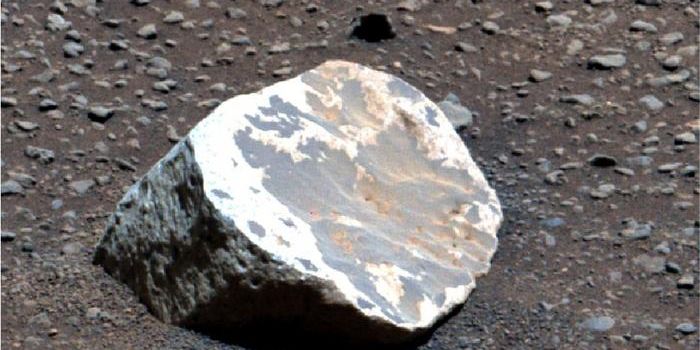Scientists rectify errors in sea-ice model
Researchers from the Institute of Atmospheric Physics at the Chinese Academy of Sciences have readdressed the claims put forth by a model from the Massachusetts Institute of Technology that considers the changes in Arctic sea ice. Led by Professor Fei Zheng, the team found discrepancies in MIT’s general circulation model (MITgcm) and the Arctic sea-ice simulations that MITgcm generates.
"We evaluated the model's performance in the Arctic cold season (March) and warm season (September), and found the model performances are different in the two months," says Zheng. "Due to the uncertainty of the model, the model's insufficient response to the signal of atmospheric forcings, and the insufficient response to the ocean boundary signal, there were disagreements between the simulations and observations in both March and September."
Their new paper, published in Advances in Atmospheric Sciences, identifies the error sources of the MITgcm’s ocean-ice coupling configuration. “The results show that MITgcm can reproduce the interannual and seasonal variability of the sea-ice extent, but underestimates the trend in sea-ice extent, especially in September,” write the authors.

By comparing MITgcm’s simulations with observations from different sources, the Chinese Academy scientists found that MITgmc “fails to incorporate the atmospheric information in March and oceanic information in September.” They write:
When the model underestimates the atmospheric influence on the sea-ice evolution in March, deviations in the sea-ice concentration arise at the ice edges and are higher than those in September. In contrast, when the model underestimates the oceanic boundaries’ influence on the September sea-ice evolution, disagreements in the distribution of the sea-ice concentration and its trend are found over most marginal seas in the Arctic Ocean.
The Institute’s team hopes to rectify these error sources in order to finetune simulations and enhance the prediction of the Arctic sea ice in different seasons.
Sources: Advances in Atmospheric Sciences, Eureka Alert








